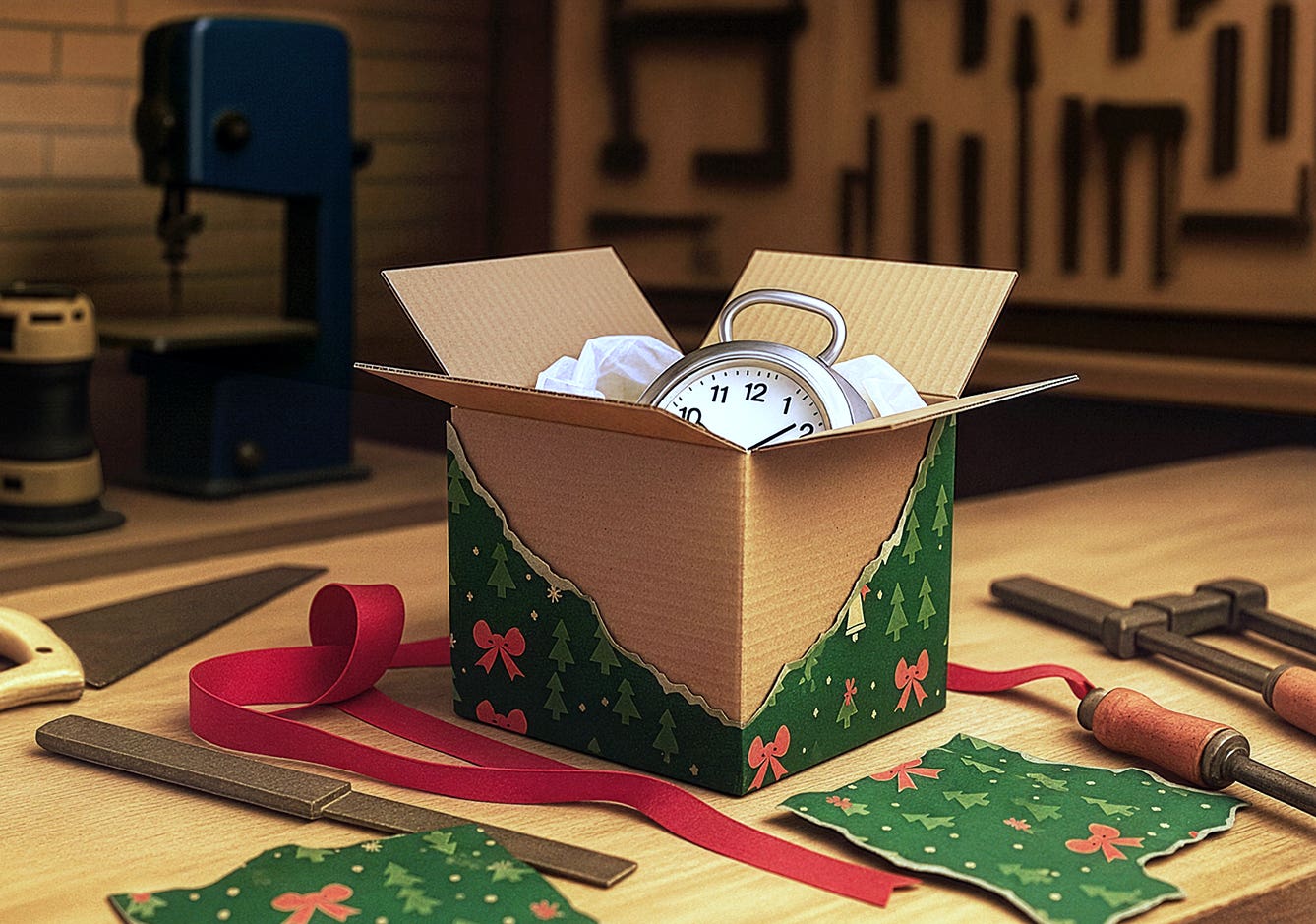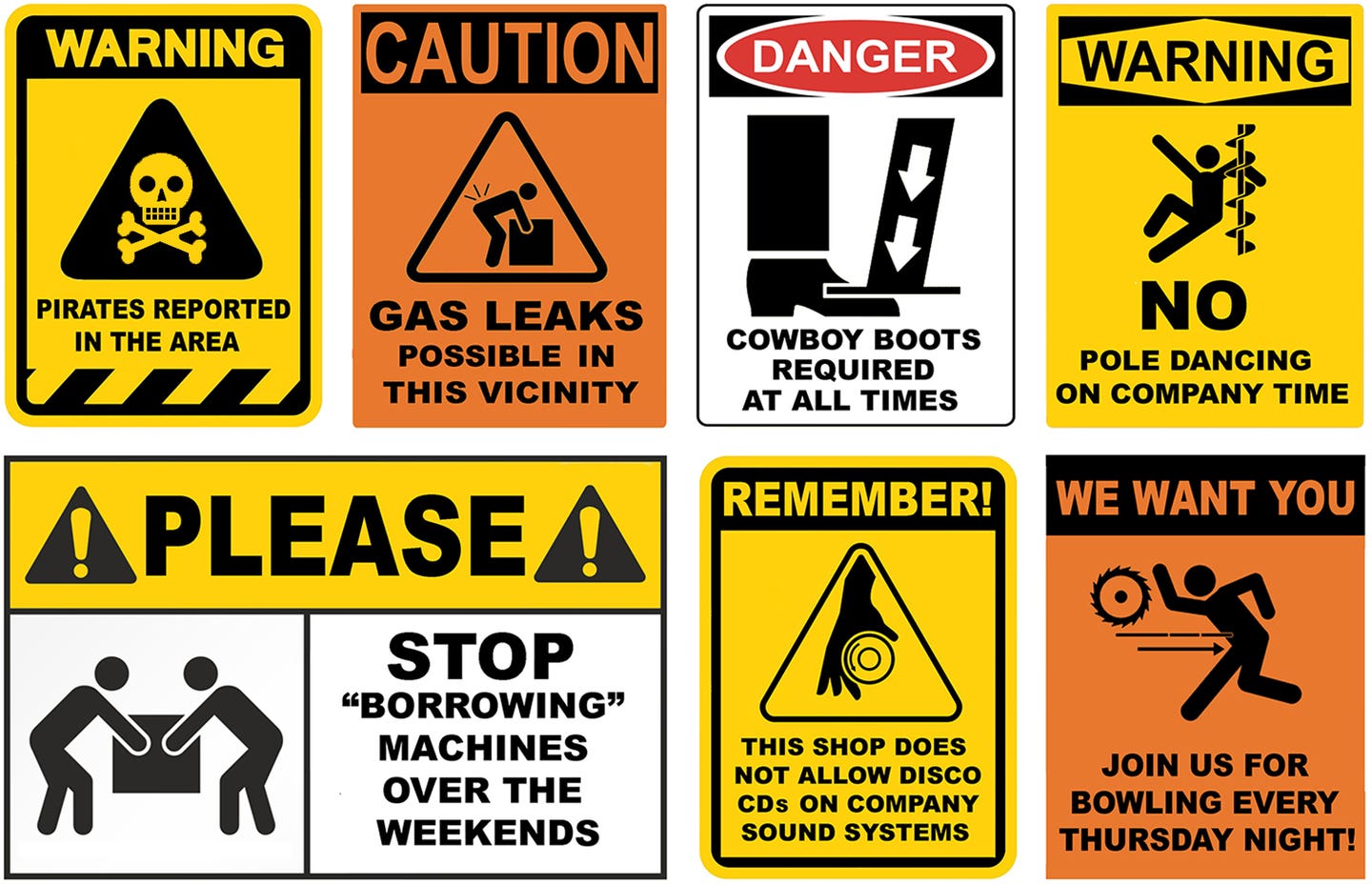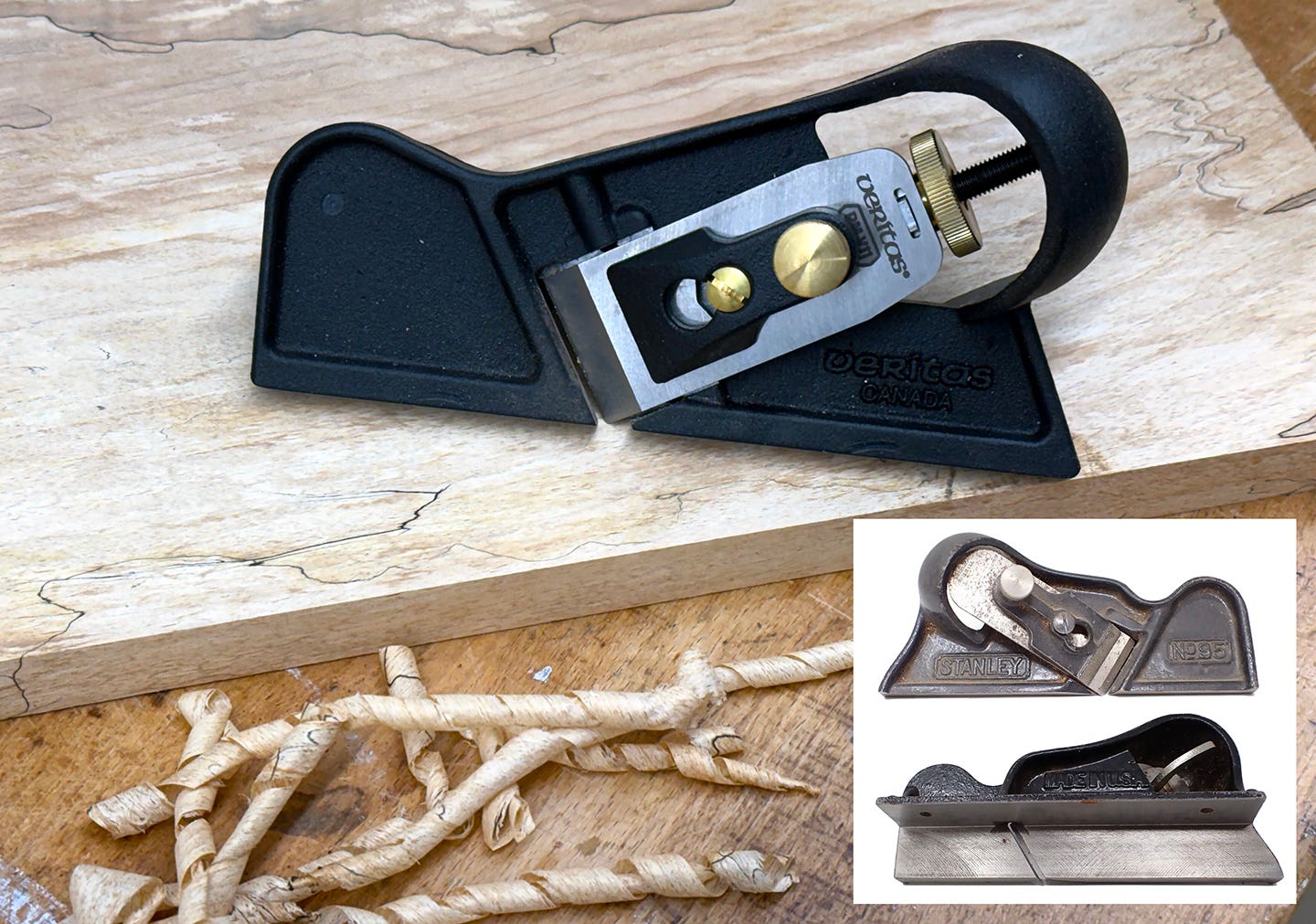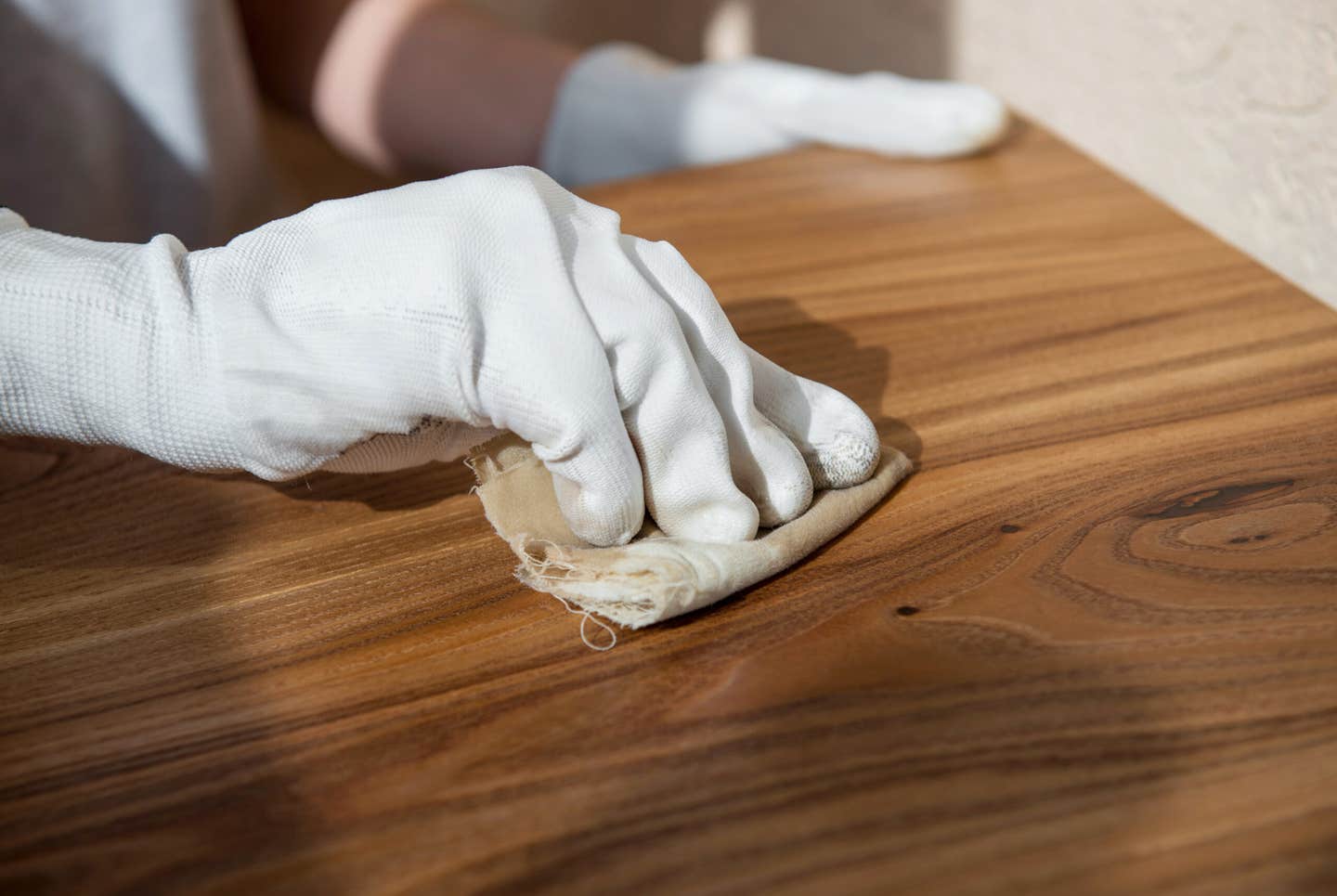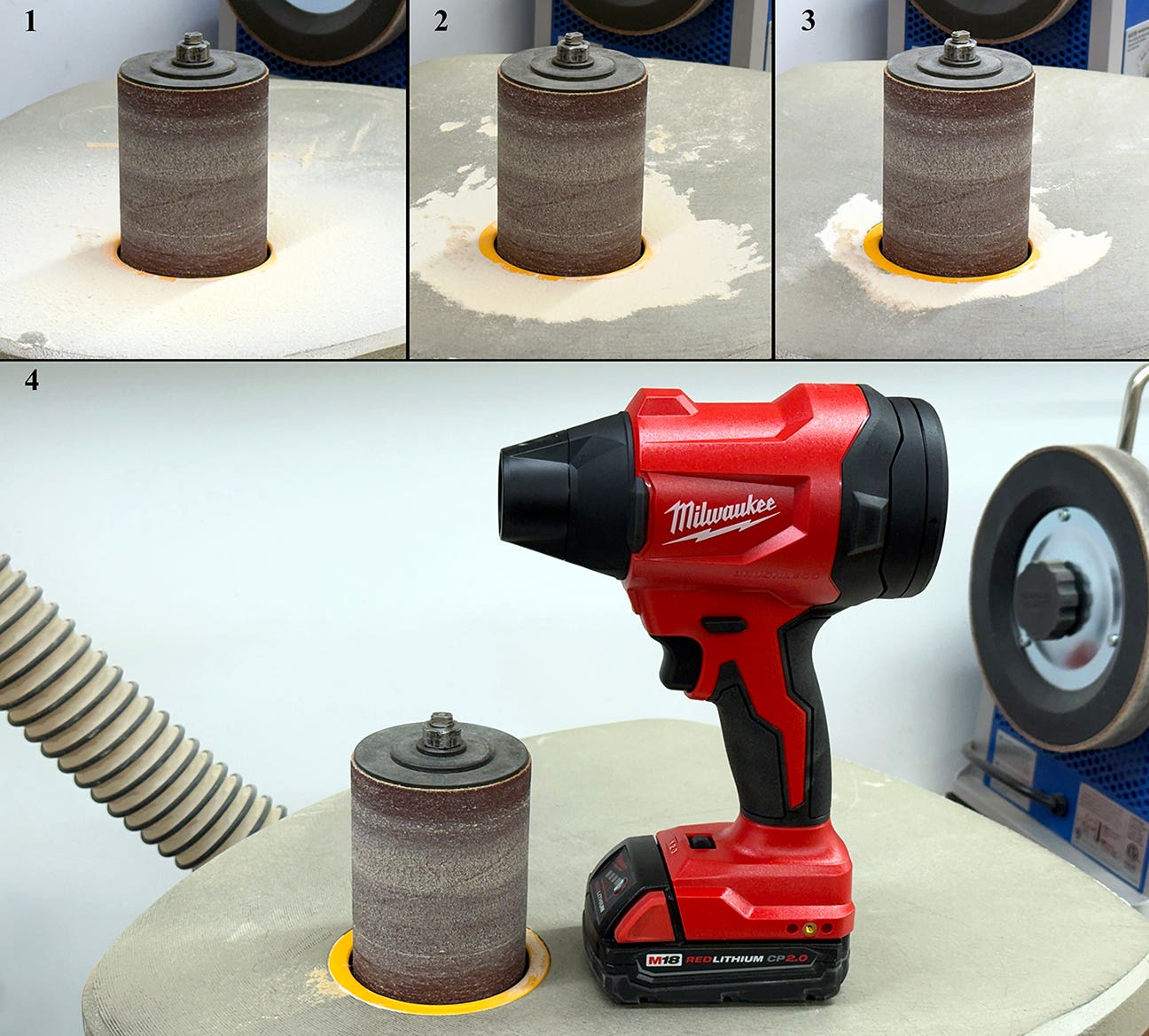Elegant or utilitarian
When to go with the utilitarian, and when to go with the elegant, is a decision many woodworkers face in the course of building a particular project or piece. Many…
When to go with the utilitarian, and when to go with the elegant, is a decision many woodworkers face in the course of building a particular project or piece. Many woodworkers pride themselves in using entirely the elegant for their projects all-traditional joinery in the construction, for example, with nary a single screw and theres absolutely nothing wrong with that. I envy their work. But more importantly, I envy their time.
I just dont have that kind of time (even if my dovetailing skills were a lot better than they are, which theyre not). For me, the decision breaks down to one of two questions: Will it ever be seen? Is it merely structural?
If it will be seen, felt, stroked and touched on a regular basis, Ill go with the elegant. I want my stuff to look great, and I want nothing visible to mar the enjoyment of whatever piece I build. My boxes, clocks and larger pieces are as beautiful as I can make them, because Ill always go with the elegant for whatever you can see.
But if its merely structural, in a location of the piece no one will ever see, I have no problem reaching for my bucket of screws and driving in a few.
My time is limited; I have far more things I want to build in my shop than time to do it. By going with the utilitarian solution for the things that dont show, Ive given myself more time to devote to the finer, more visible portions of the piece Im building.
And, in the end, giving myself more time to do more woodworking.
Till next time,
A.J.
A.J. Hamler is the former editor of Woodshop News and Woodcraft Magazine. He's currently a freelance woodworking writer/editor, which is another way of stating self-employed. When he's not writing or in the shop, he enjoys science fiction, gourmet cooking and Civil War reenacting, but not at the same time.


